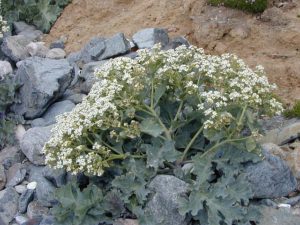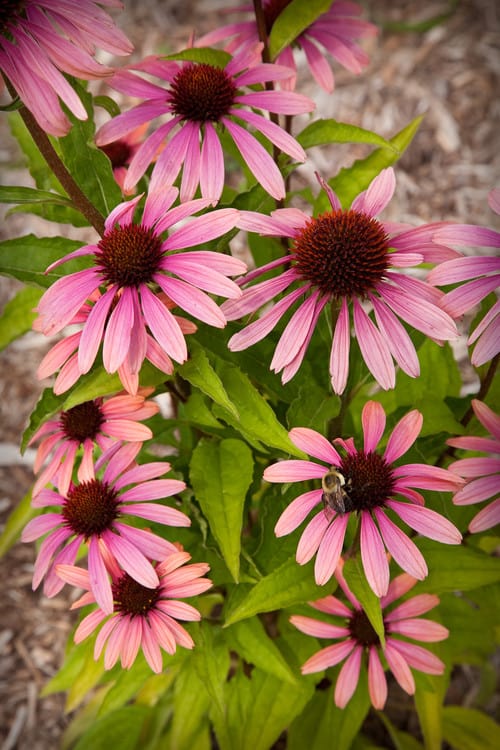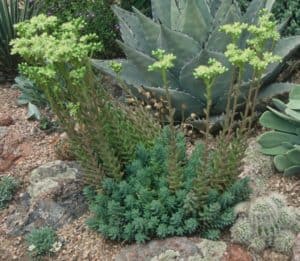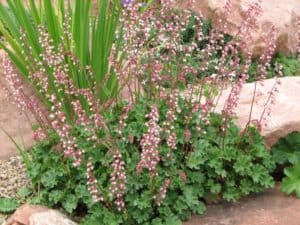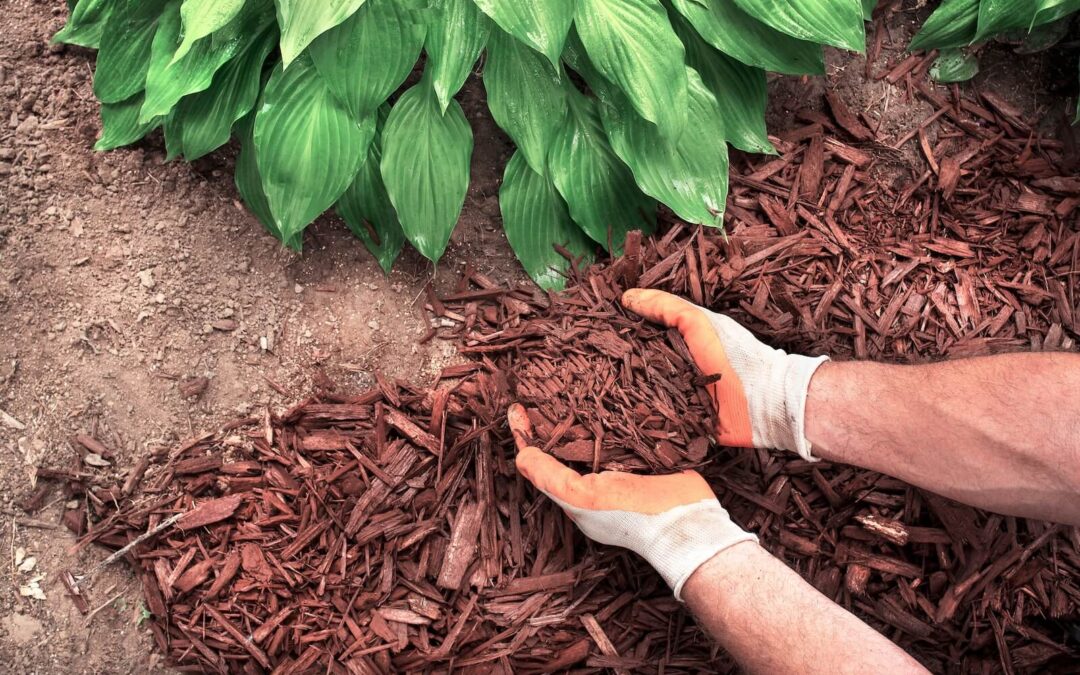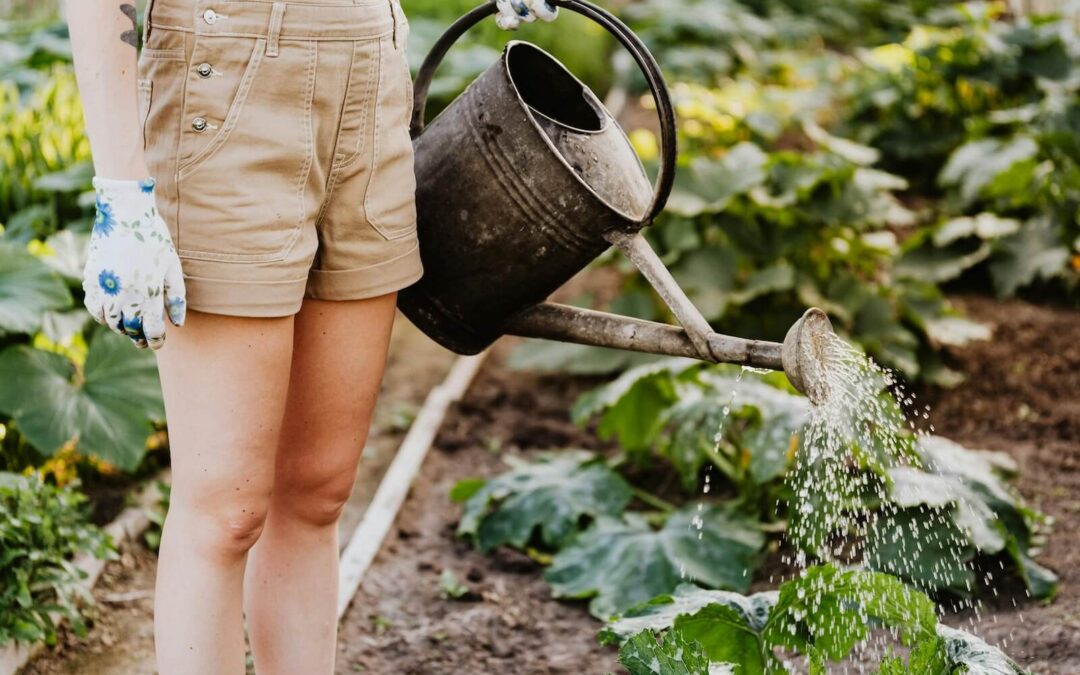Selecting the perfect plants for Colorado landscapes can sometimes be a fun, albeit, tricky process. Between site factors, environmental issues, and the different climate conditions our area faces throughout the year, great care must be taken to ensure plants will thrive.
Fortunately, Plant Select helps make the process a bit easier by rounding up a variety of plants each year that will work in landscapes ranging from the High Plains to the Intermountain regions and everything in between. The plants are selected for their ability to thrive in various settings, resilience to climate changes, ability to flourish in drought conditions, noninvasive properties and unique appearance. Of course, they are also selected because of their long-lasting beauty.
Below is a look at a few of the 2013 selections…
The Curly leaf sea kale is a perennial potherb that grows to a height of 24 inches tall by 24 to 30 inches in clumps. It produces wavy, blue foliage throughout the summer and white flowers in the spring. It offers great interest in summer gardens, even in dry conditions.
The Tennessee purple coneflower was chosen not only for its ability to thrive in Colorado, but also because it is no longer on the Federal Endangered Species list. This coneflower blooms in cheerful purple-pinks from June to August.
Turquoise Tails blue sedum is a form of the Mediterranean species that yields a light and creamy yellow flower in mid-summer just above the blue-toned mounds. It requires very little care and is deer-resistant.
This year, smaller, more unusual plants were also chosen, including the Sandia coralbell. This plant is a tinier version of coralbells and features lush green leaves and petite rose-pink bells that bloom in late spring. Sandia coralbells thrive in soil that’s well drained and are known for attracting hummingbirds and bees.
Photo via Plant Select
Visit the Plant Select website to learn more about its perfect plants for 2013.
Are you interested in adding any of these plants or others to your landscaped areas? Contact the designers at Lifescape today, and together we’ll discuss how to add plants like these to enhance your landscape.

